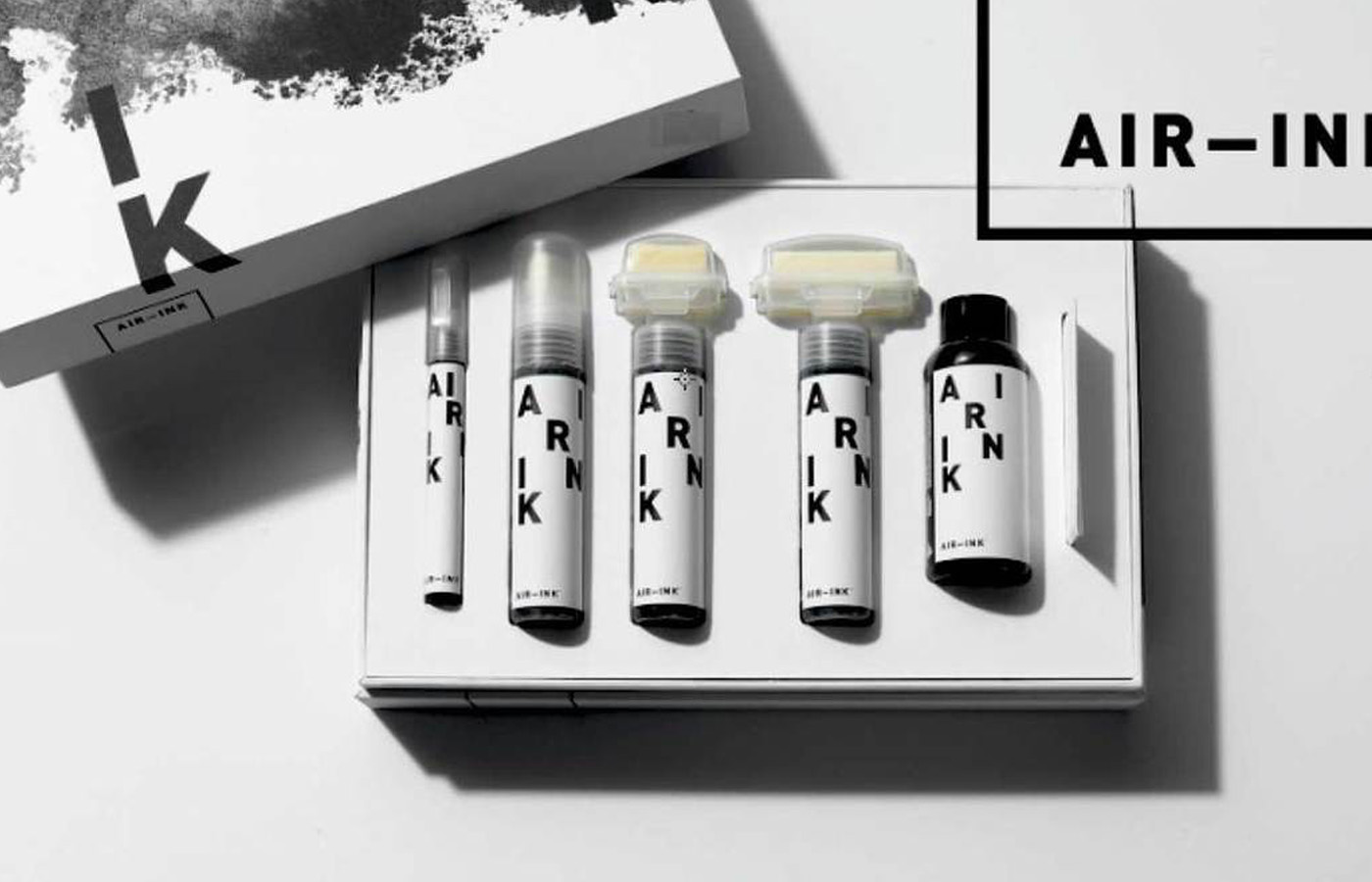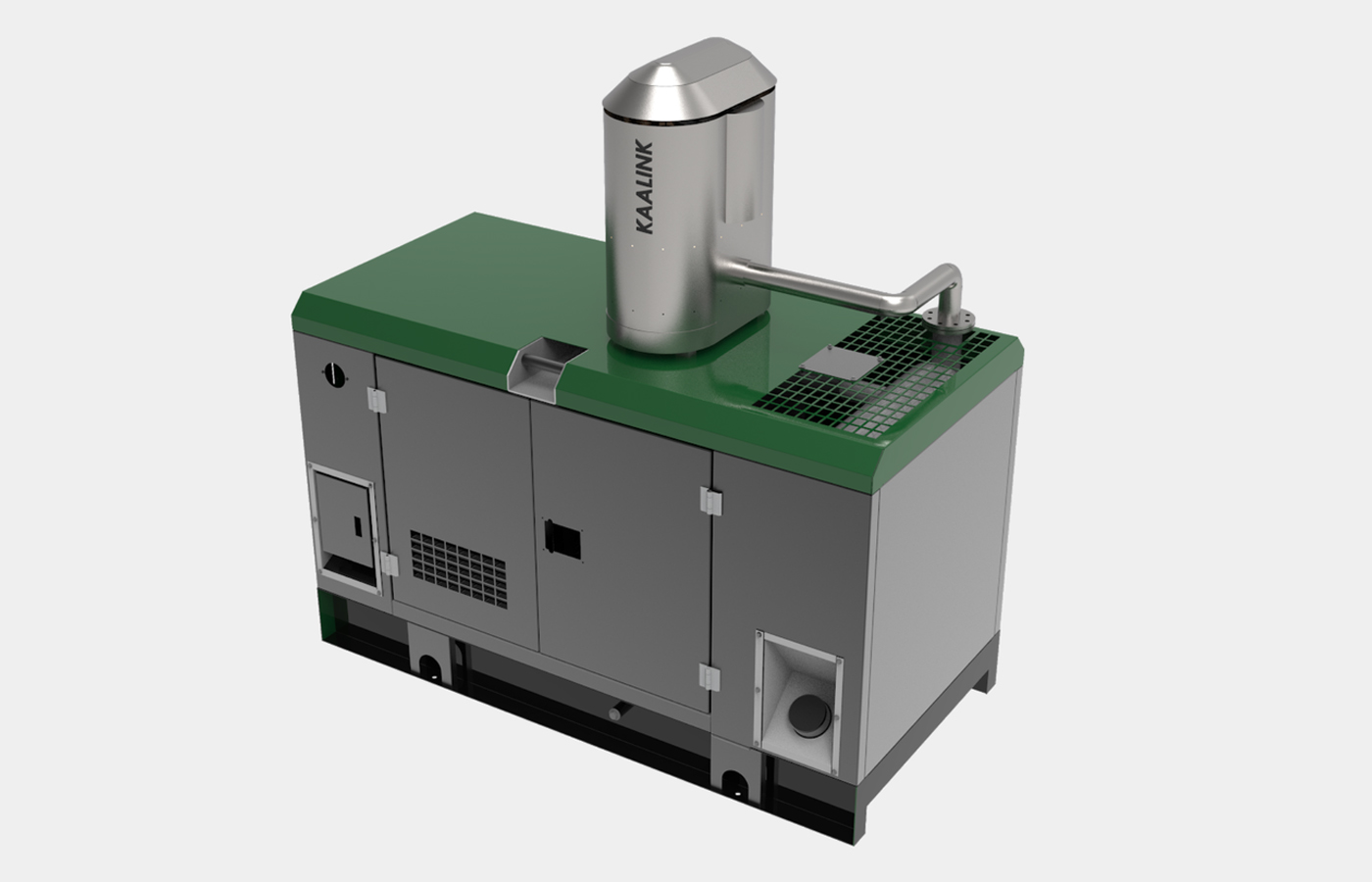We mentioned ink made from air pollution in a previous article: “The credit card that helps limit your carbon footprint”. In which the card itself is sustainably made, eco-friendly and printed with an ink made from captured air pollution. But let’s dive deeper into the details of how this novel and modern ink came about and usefulness in combatting air pollution.
You may not be aware that the ink currently used in pens and printers is made from the soot left over from burning coal and oil. The black powder-like substance is then mixed with a polymer and solvent to create something called “carbon black” – think the rollerball pen kind.
So now I’m concerned citizen that thinks, darn, even my journaling contrinutes to environmental degradation; we can’t escape the fact the most simple routines in our daily lives is roped in to the fossil fuel use cycle.
Carbon black is also used to make things more resistant to wear and tear. For example, about one fourth the weight of an automobile tire is carbon black. In addition, it is applied to things when it’s necessary to avoid building up an electrostatic charge as it’s a good conductor. But none-the-less, a good application doesn’t always equate with good environmental practice.

Back in 2012, the idea of creating an ink out of air pollution came to Anirudh Sharma, a student at Massachusetts Institute of Technology’s Media Lab at the time. He was on a trip to India when he took a picture of a diesel generator blowing soot on a white wall – the resulting black stain made him think pigment and ink. For him, it was logical that If ink can be created out of soot, the same thing can be done with air pollution.
Looking through the eyes of the the 20th century inventor and architect R. Buckminster Fuller who is quoted with saying “pollution is nothing but resources that we’re not harvesting”. So why not make an ink that helps reduce the amount of pollution already in the air. “Ink is such a powerful medium to connect with people. A book has black ink. In art, you use black ink. Fashion and textiles use black ink” states Sharma.
In more modern and developed countries, companies are supposed to properly get rid of carbon particulates according to regulation, however, where AIR-INK can be useful is in poorer countries like India with fewer environmental policies towards pollution and where air quality levels are abysmal; or it’s just too expensive for them to deal with.

“AIR-INK” is an opportunity to get rid of waste, so it doesn’t end up in a landfill” says Sharma. About 30 ml of air pollution can be filtered from the air, smokestacks, or even machinery using a device the team came up with called a Kaalink. His company Graviky Labs deals with both Kaalink and the functional AIR-INK. The team aims to scale up to the industrial level.
It’s going to take all kinds of solutions across many fronts to wrestle with environmental pollution. Sharma says “we’ve set up industries for our comfort, but the environment has to bear the price of it”. AIR-INK certainly won’t solve all of the world’s problems, but it’s better to capture it and put it to practical use than coating our sinuses and lungs.
It can also be seen at the Cooper Hewitt Design Museum in New York City in a current exhibition entitled “Nature–Cooper Hewitt Design Triennial”.



